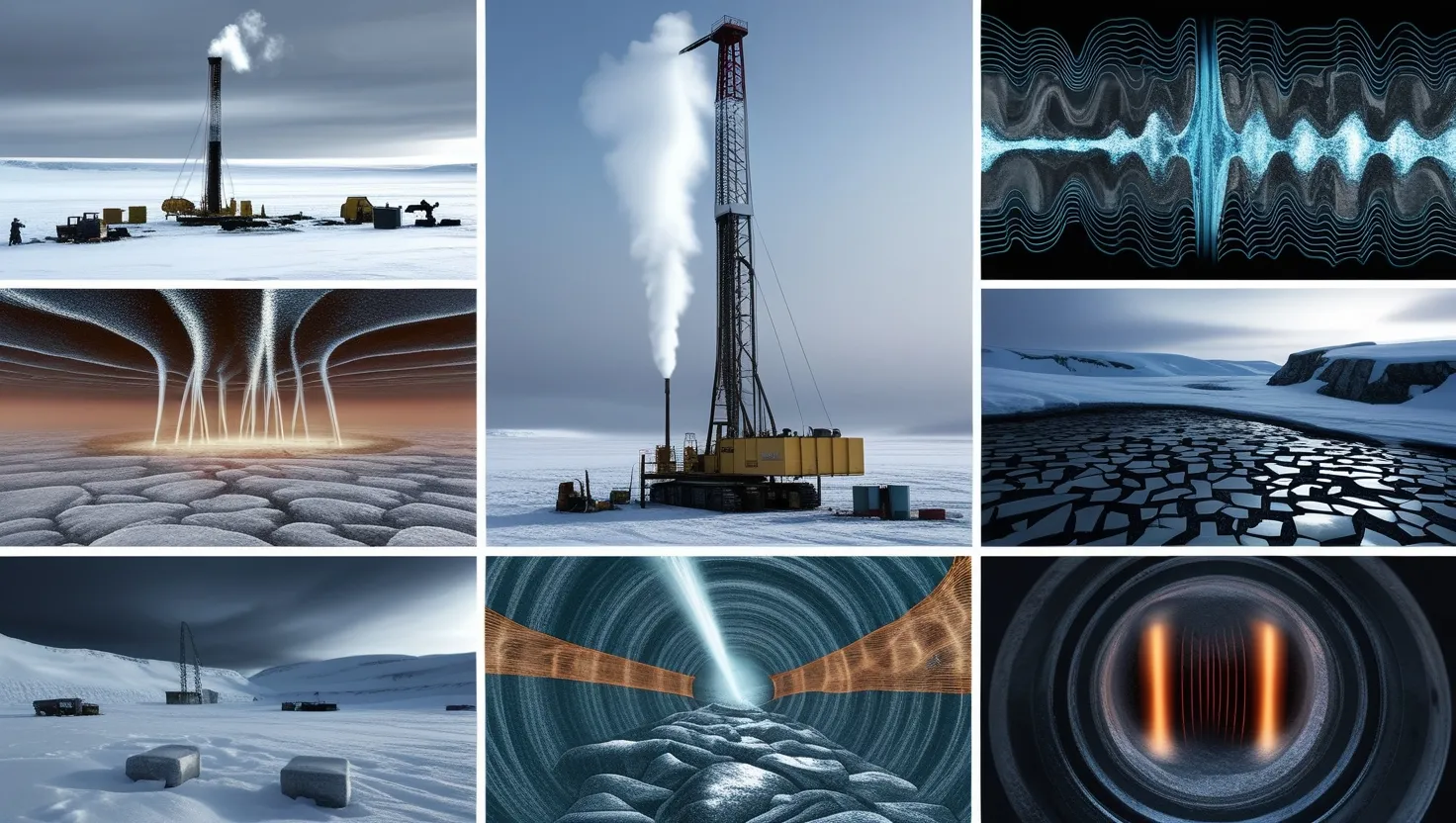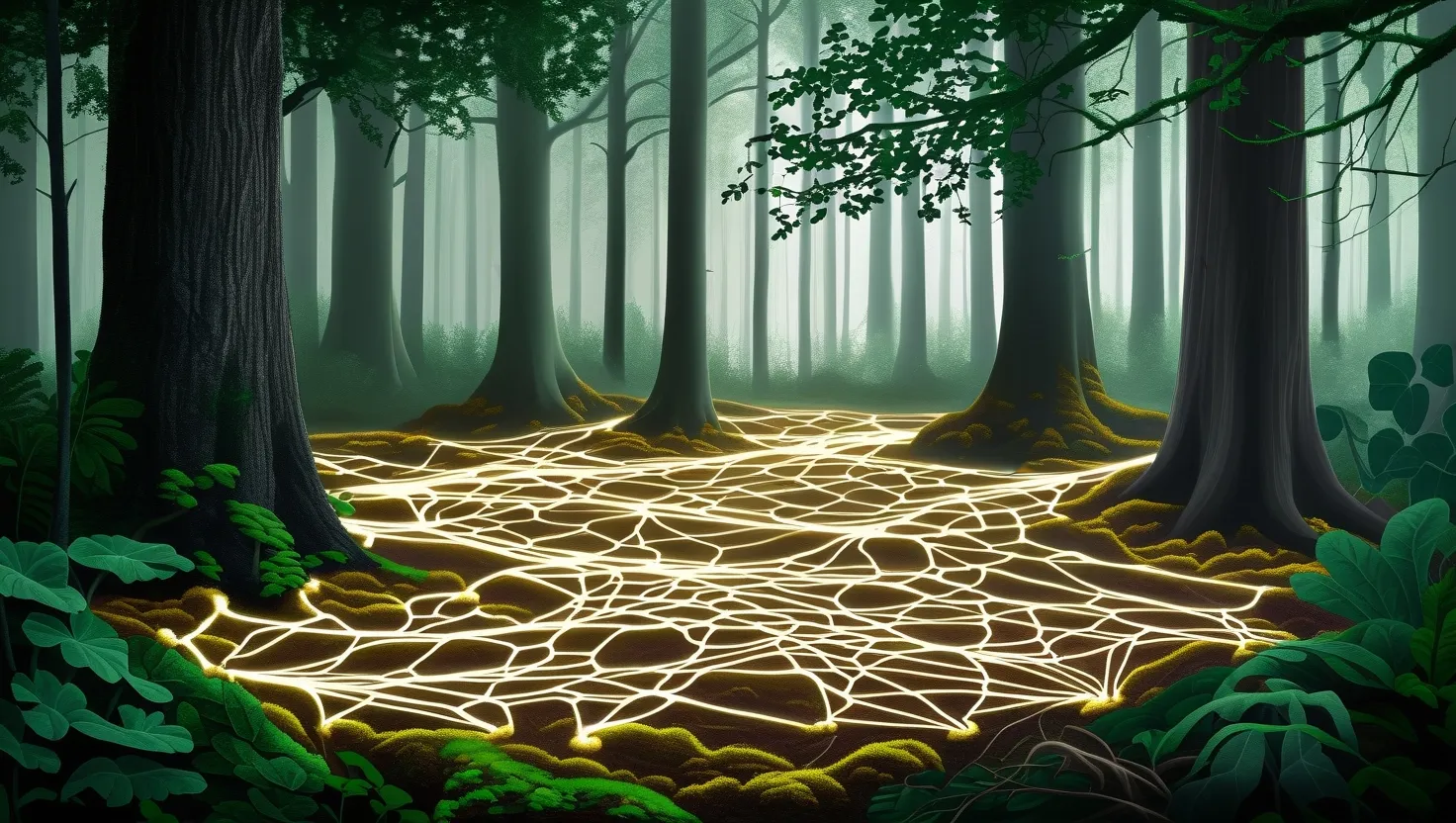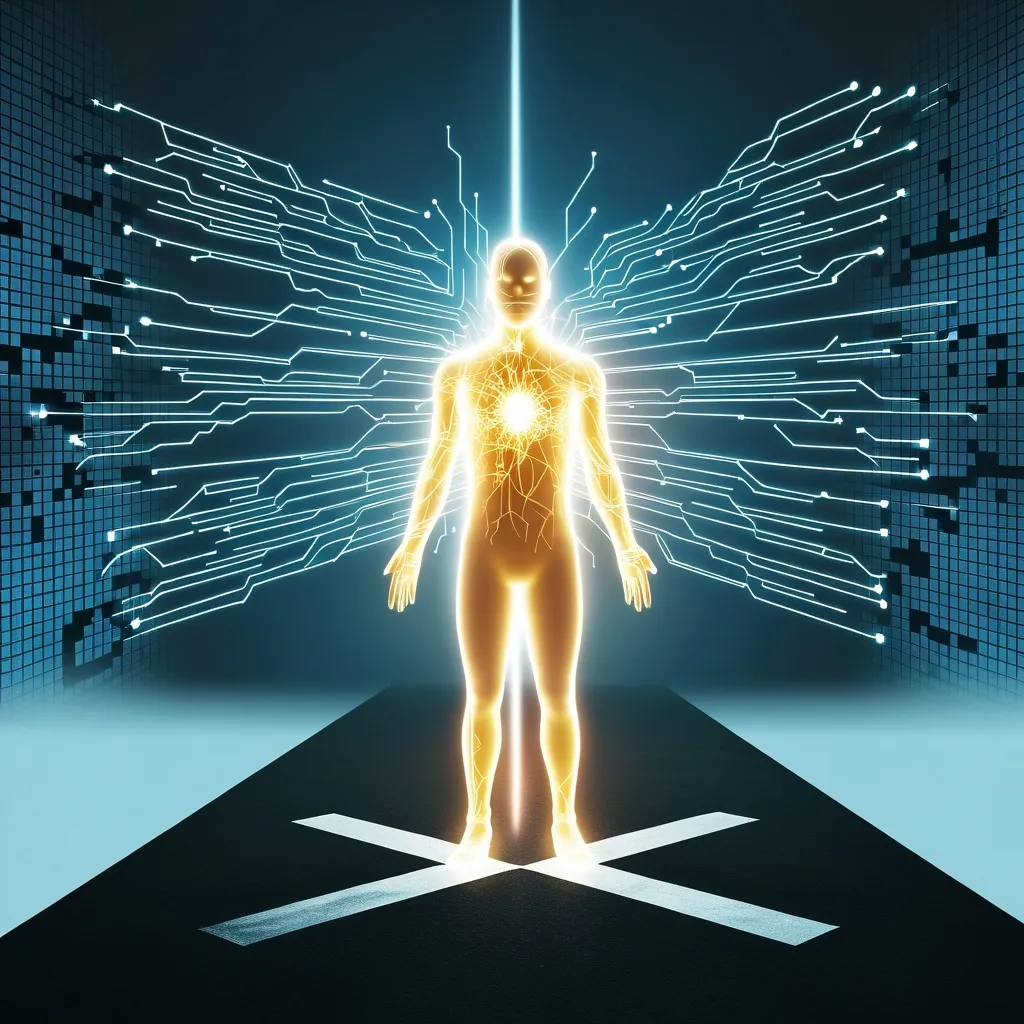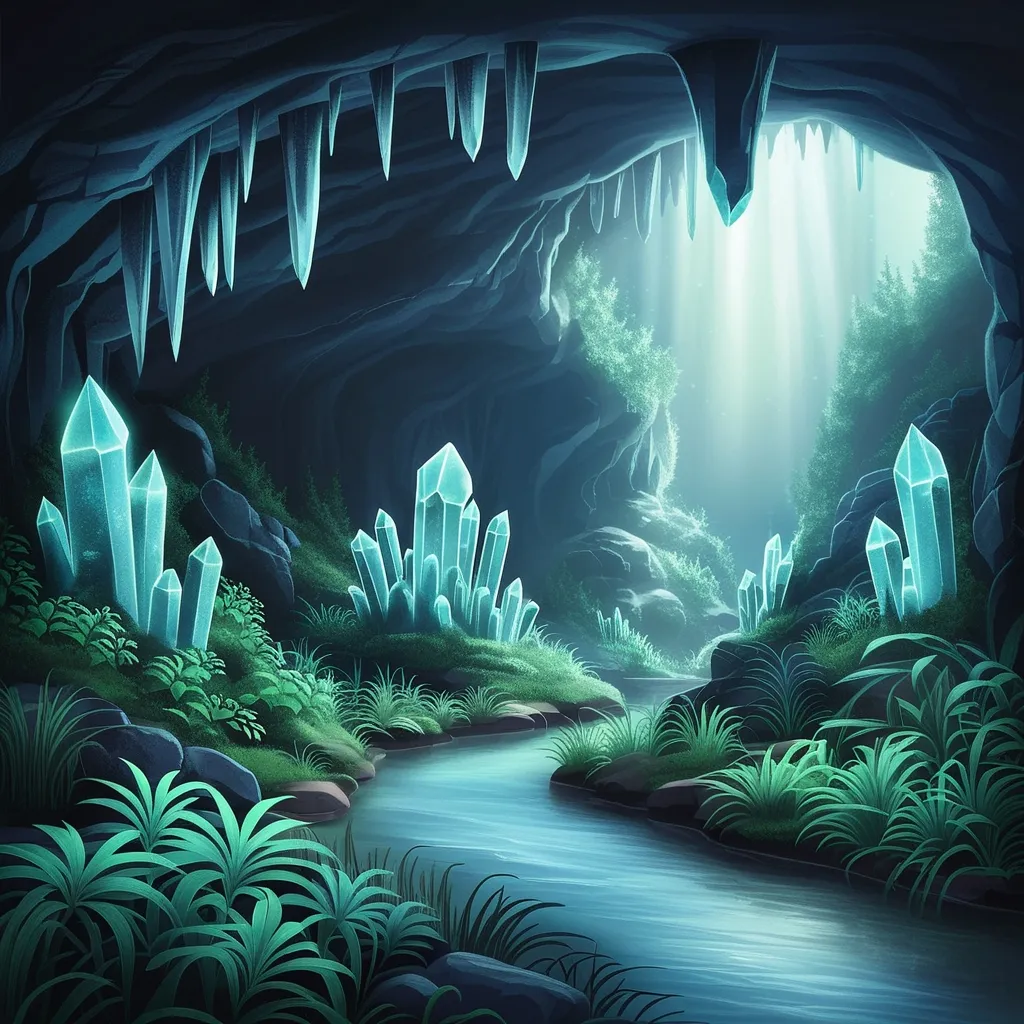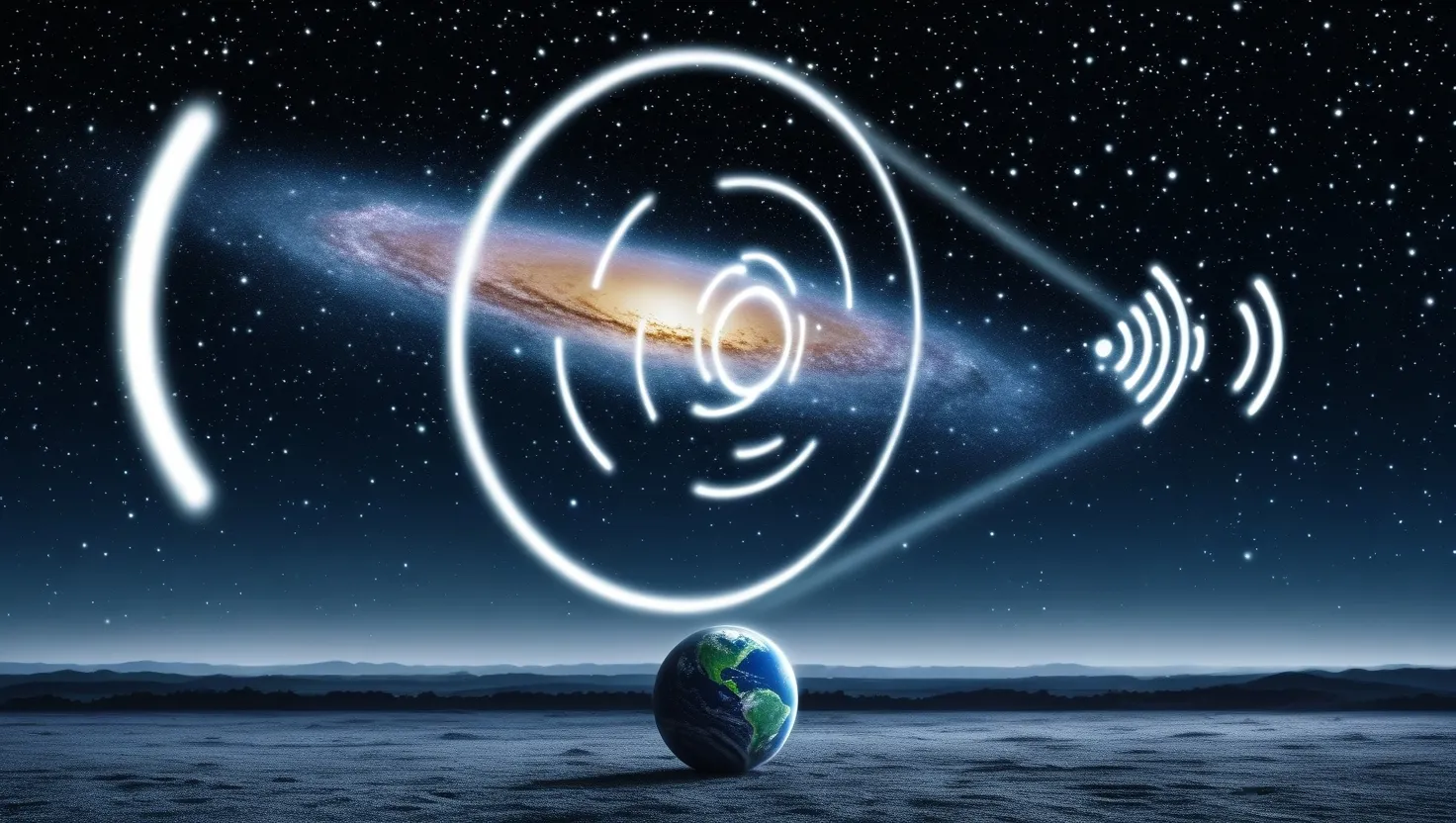If I invite you to imagine the world’s deepest hole, you might think of a bleak industrial site on the frozen tundra, far from the drama of modern civilization. Yet, the real story of the Kola Superdeep Borehole isn’t just about depth or endurance. It’s about the questions we never expected to ask, the answers that defied logic, and a silence that grew louder with every meter descended below the Earth’s crust.
What compels a society to spend decades drilling into the unknown, confronting not just technical challenges but mysteries that seem ripped from science fiction? In 1970, Soviet scientists set out to pierce the secrets of the planet’s crust. Their goal wasn’t arbitrary: the Kola Peninsula, close to the Arctic Circle and decisively remote, became their laboratory. The aim was nothing less than rewriting our understanding of geology, all while racing the Americans to stake a symbolic claim at the very center of the Earth.
As drilling began, the practical obstacles were immense. The deeper the bit went, the more it struggled against heat and pressure that rose much faster than anyone had planned for. By 12,262 meters—the record reached in 1989—the temperature at the drill’s tip had soared to 180°C. That was 80°C higher than projections. It wasn’t supposed to be possible. The limitations weren’t just about the machinery, but about nature itself refusing to cooperate. Still, the team pressed on, refusing to give in until technical failure and a collapsing Soviet economy made their decision for them.
But what did they find? Rock that should have been dry turned out to be full of water—trapped behind impermeable layers that according to prevailing models, should never have allowed such seepage. Deep within, they discovered microscopic fossils of plankton, resting miles below where life was assumed to exist. The significance, if you let it sink in, is staggering: life had found a way into these impossible crevices, and then remained there for over two billion years. Try to imagine how far from sunlight and surface influence these creatures existed—did their presence hint at similar possibilities elsewhere in our solar system?
The discoveries weren’t limited to natural anomalies. At depths exceeding ten kilometers, researchers reported “acoustic voids”—sections where seismic and sound waves vanished as if absorbed by a great sponge. These weren’t predicted by any known models, nor were they easily dismissed as technical noise. More curious still were the metals recovered in core samples: iron and nickel, fused together in crystalline forms that laboratory scientists suggested could only be formed in zero gravity or under conditions not found on Earth’s surface. Where did they come from? Had meteorites deposited them, or was some process deep in the planet at work, unknown to current physics?
“We cannot solve our problems with the same thinking we used when we created them.” —Albert Einstein
Every time I encounter the narrative about Kola’s “acoustic voids,” a question tugs at me: what could create a space where sound simply dies? Some suggested that these were merely dense mineral formations, but the extent and pattern didn’t match any logical geological explanation. Adding to the puzzle, these voids directly correlated with brief, unexplained malfunctions on U.S. nuclear detection satellites. Those malfunctions, typically blamed on solar flares, always happened when the satellites passed over Kola—and nowhere else.
Meanwhile, the temperature continued to confound. Geothermal models, even those revised to account for higher-than-expected radioactive elements, couldn’t explain the heat. Was the crust less insulating than believed, or was something else generating energy down there? Some whispered that “energy extraction trials” had been attempted as a classified component of the project. The term was redacted in logs, surfacing only in declassified Soviet military documents decades later.
This is where the story veers into shadows. The Cold War was as much a contest of imagination as it was of science. Declassified papers from that era revealed that certain military minds were exploring the possibility of “geophysical weapons”—devices that could harness the planet’s own tectonic stresses and release them on demand. Imagine an earthquake engineered with pinpoint accuracy, or a resonance strong enough to mask the existence of a subterranean facility. Was it possible that Kola’s scientific mission was a convenient cover for attempts to manipulate the Earth?
“Science is the great antidote to the poison of enthusiasm and superstition.” —Adam Smith
Conspiracy theories sprouted, as they always do when questions outnumber answers. Drilling logs from the mid-1980s refer to “resonance stabilization”—a technical-sounding term that, even today, remains undefined in public documents. Was the shutdown in 1992 truly a response to the fall of the Soviet Union and lack of funding, or was it triggered by an unintended consequence, a system spiraling out of control? The project was sealed, and even now, Russian authorities tightly restrict access.
What lingers is the site itself. Despite being capped, it continues to emit electromagnetic anomalies detectable by modern satellites. Ground-penetrating radar reveals metallic obstructions far below the surface, well past the official endpoint of the borehole. Seismologists note persistent microquakes with inverted waveforms, unlike any others on the continent. These are not the normal shifting of plates; their signatures match those predicted for controlled underground detonations.
Consider the so-called “material paradox”—alloys found in core samples with structures that modern industry can only reproduce through complex processes in space. How did they wind up three, five, even nine kilometers underground? Was this the legacy of ancient meteoric impacts, or proof that the forces of the Earth can still surprise us? Either possibility is staggering; both invite more questions than they answer.
The heat anomaly remains perhaps the most persistent mystery. To this day, no one has produced a satisfactory model that fits the temperature profile encountered at Kola. Could it be an isolated phenomenon, or is it evidence of previously unknown processes fermenting far below our feet? Some theorists have suggested that only artificial energy sources could account for the data, an idea that rattles established science.
“Not only is the Universe stranger than we think, it is stranger than we can think.” —Werner Heisenberg
If I step back, I notice a thread that weaves through every account, every newly discovered anomaly: silence. The “acoustic voids” are more than a technical footnote—they force us to ask whether something is actively muting our ability to measure, to understand, even to sense. The possibility that such regions were deliberately engineered as shields, or even as containers for something below, isn’t easily dismissed when matched to the evidence. If you had the power to hide what you were doing deep in the Earth, wouldn’t you want to leave as few traces as possible?
Suppose the Kola project was a dual experiment, scientific at the surface but military at its core. In that light, the persistent anomalies—the continuing electromagnetic emissions, the unexplainable heat, the distorted seismic readings—could be the remains of an experiment never intended for public scrutiny. Or perhaps, they are simply the world’s way of reminding us that we’re still only scratching the crust of what lies beneath.
“Somewhere, something incredible is waiting to be known.” —Carl Sagan
Engaging with the Kola Superdeep Borehole forces me to confront my own assumptions. Are we using the full power of science to discover, or to conceal? Did the old Soviet Union quietly abandon a failed experiment, or did it walk away from something it could not control? And most unsettling of all—are these stories merely the embers of cold war paranoia, or a clue to powers not yet fully understood?
The silence left by Kola is as loud as the data it produced. I find myself left with more questions each time I revisit its history. What if the next frontier isn’t space, but the very ground beneath our feet? What secrets remain, buried just out of reach, waiting for the next bold—or reckless—generation to try again?
